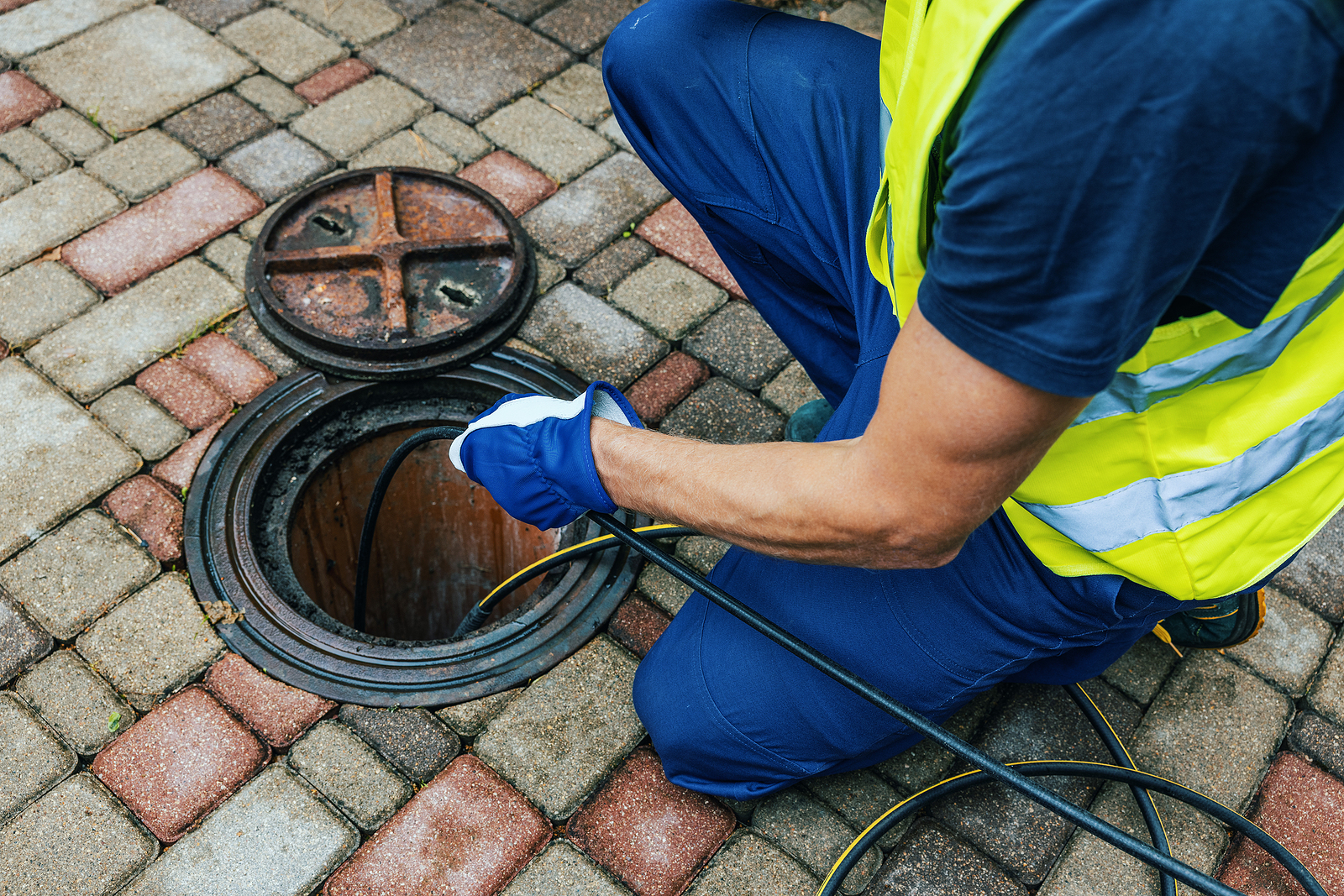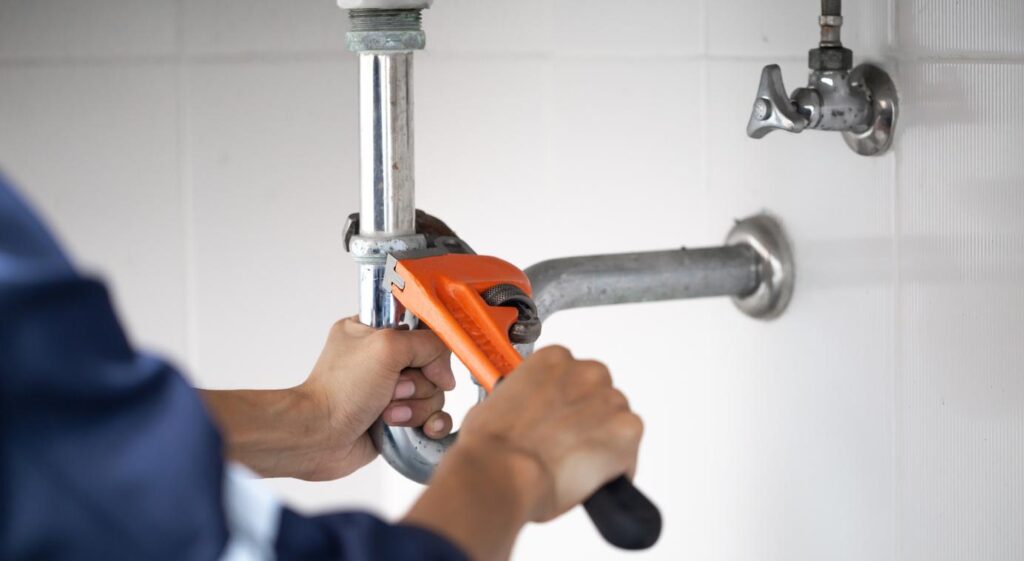Useful Facts About Roof Ridge Boards and Beams
The National Roofing Contractors Association defines a roof ridge as the, “highest point on a roof, represented by a horizontal line where two roof areas intersect, running the length of the area.” Basically, if your roof has two primary planes that meet to form a peak, you have a roof ridge. This is important to know for many reasons. Continue reading to learn some useful information about roof ridge boards and ridge beams, including their role in your roofing system’s overall performance and lifespan.
Roof Ridges and Rafters
First and foremost, it is important to understand that “ridge board” and “ridge beam” are interchangeably used terms, so they mean the same thing. These terms will be used interchangeably in this article as well.
Traditional house framing is sometimes referred to as “stick framing” in the residential construction and building industry. Essentially, this style of construction consists of a basic roof frame with opposite sets of sloping rafters that meet at their highest points at a ridge beam. Ridge boards have broad edges and are placed between two opposing roof rafters. Each rafter is cut at an angle at their ends so they lay perfectly flat against each side of the inserted ridge board.
Triangular Roof Formation
Ridge beams come in lumber sizes 1 x 8, 2 x 8, or larger. Generally, metal framing connectors and nails are used to fasten the rafters to the ridge. This provides several advantages, including strong structural connections, lateral stability, and rigid spine roof formation. Horizontal boards called “joists” are used to hold the rafters together at their bottom ends, which usually shapes the top floor ceiling frame and attic floor of a house.
All of these roof components assemble a triangular shape that provides attic space, structural durability, and much more. Aside from traditional stick framing and ridge boards, there are other versions as well. Common examples include timber frame ridge boards, hipper ridge boards, and prefabricated truss roofing.
Professional Roof Advice
Regular roof inspections are an important part of routine roof maintenance and protection. Catching small problems early on are the best method to avoiding large-scale, costly roof repairs or replacements. If you have questions about roof care, repair, and replacement, talk to a licensed roofing contractor for information and advice you can trust. They can help you decide which roofing system best meets the needs of your property, budget, and comfort.
If roof replacement is not what you need, they can provide a full-property inspection, assess your roof’s current condition and needs, and recommend the best course of action to improve the quality of your roofing.








